http://brooklynmuseum.tumblr.com/post/171017127151/dig-diary-february-18-2018-in-this-post-we
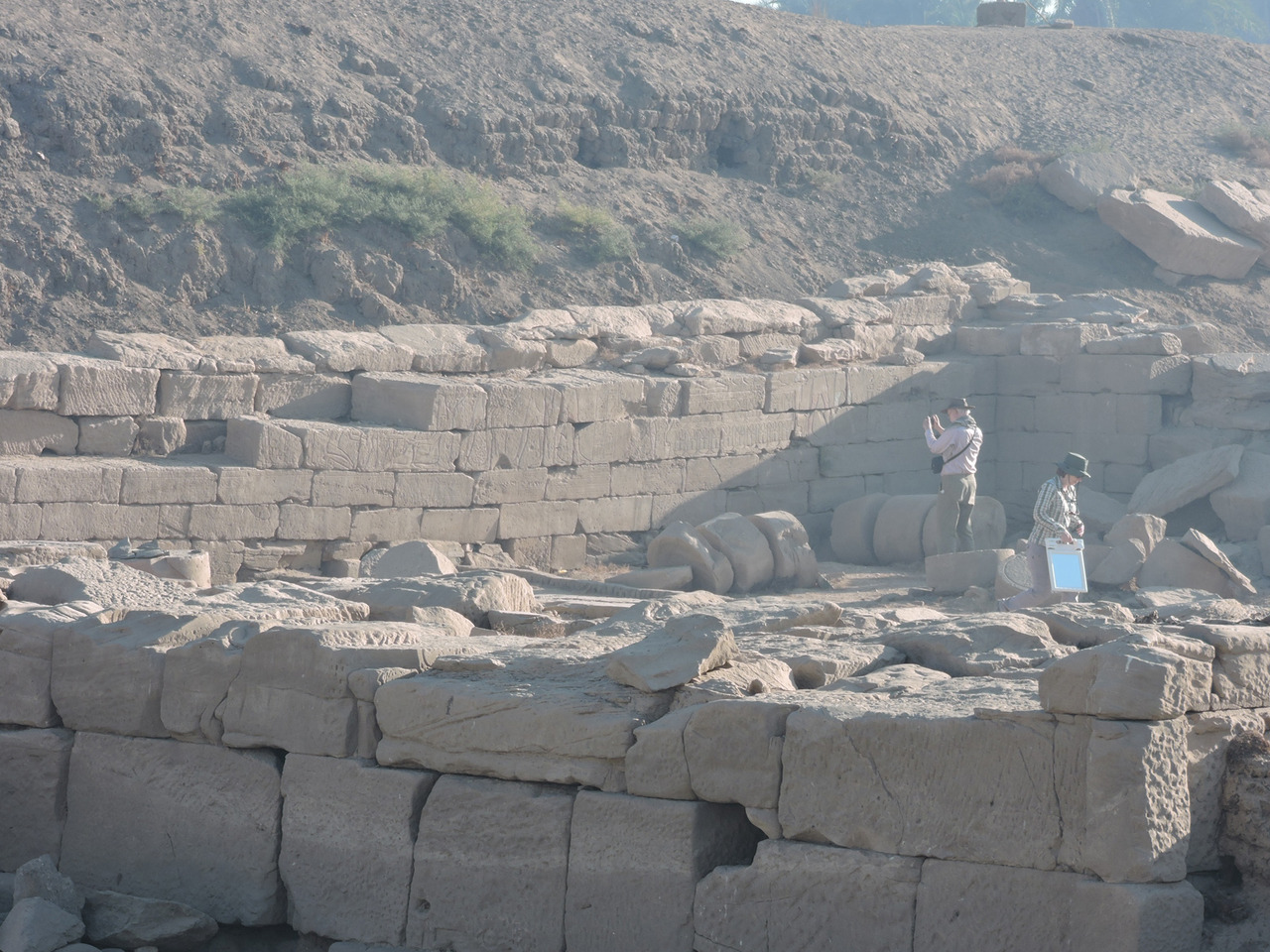
In this post we will try to give you some idea of why we love going back to Mut and Luxor year after year, beyond the thrill of archaeology. Quite simply, they are among the most beautiful places we know. A large part of the beauty has to do with light. Early mornings are particularly lovely, a slight mist softening the light without dimming the clarity of the reliefs.
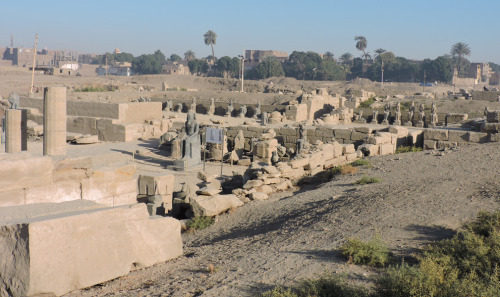
Later in the day, as the light strengthens, monuments stand out dramatically, as in this view to the northwest of the second and first courts of the Mut Temple, taken around 10 am.

There is often a heavy haze in the late afternoon, particularly when farmers are burning off the stubble in their fields after harvesting sugar cane. The setting sun casts a golden glow over the softened outlines of buildings and feluccas on the far shore.

It's not just the site we love, but the view across the Nile as well. The cliffs are always dramatically lit, whether at dawn, midday or sunset, and stand in stark contrast to the green of the shore and the blue of the river.
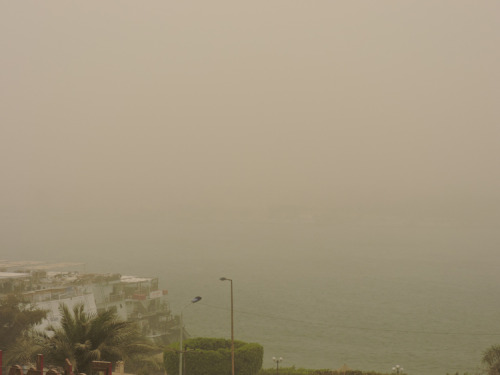
Of course, the cliffs aren't always visible. This is pretty much the same view as the preceding picture, but in the middle of a sandstorm in 2017 that completely obliterated the view of the cliffs and most of the Nile itself. Think of a blizzard, with sand instead of snow. At least you don't have to shovel after a sandstorm!

One of Mut's main attractions is the sacred lake, called the Isheru, seen here in the early morning. The site, and particularly the Isheru are a birder's paradise. Although open to tourists, the Mut Precinct is still rarely visited and so the Isheru has become a haven for many species of water birds, a few of which are shown here.

A squacco heron half hidden in the reeds at the edge of the lake
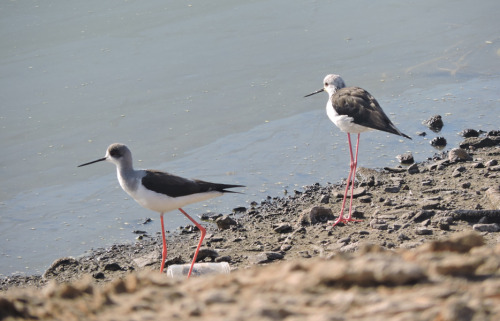
A pair of red stilts on the shore.
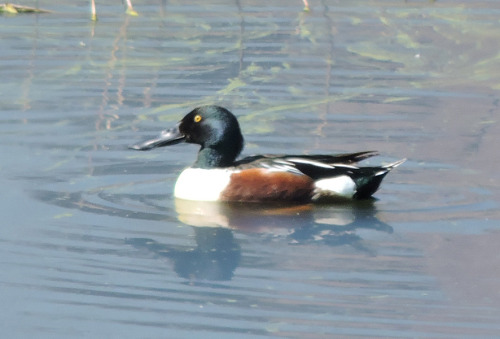
A northern shoveler, a bird that we don't see very often at Mut.

A group of cattle egrets (and a few squacco herons) in the reeds.

A flock of cormorants at sunset, admittedly over the Nile not the Isheru.

It's not just water birds who frequent the site. One of our favorite small birds is the brilliant green bee eater, perched here on the head of a Sekhmet statue.
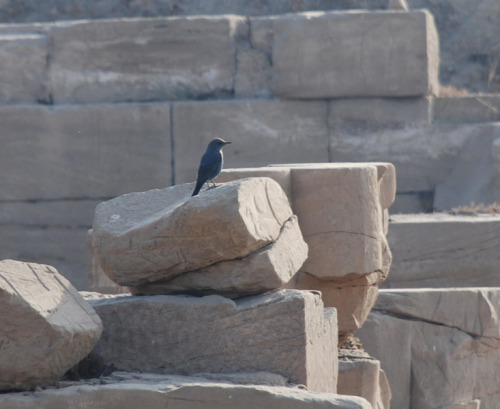
This blue rock thrush posed for a picture one morning on a block in Temple A.
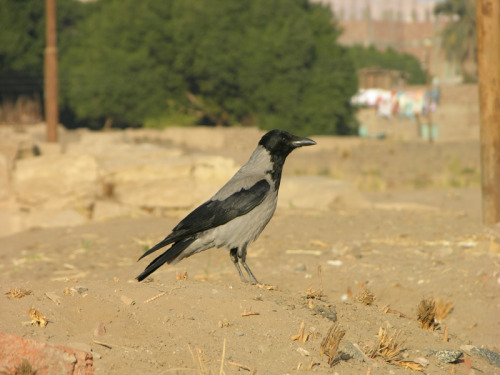
And then there are the bigger birds, like the hooded crow, with its elegant grey and black plumage.
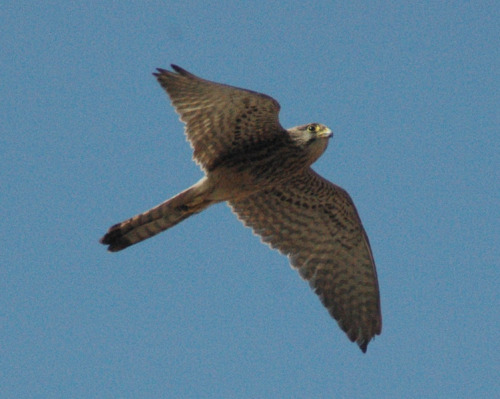
We also get raptors, such as this female kestrel, photographed by Jaap.
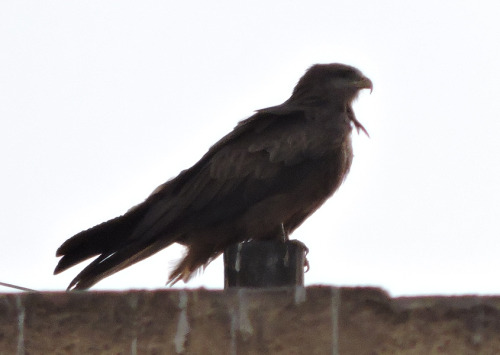
This kite posed obligingly on the building next to our hotel one evening.

And finally, this kite, its wings gilded by the setting sun.
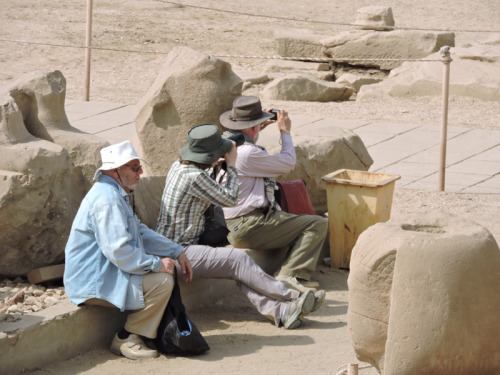
It's always hard to say goodbye at the end of the season. After we said our farewells to our workers and colleagues on February 7, Richard, Julia and Jaap rested for a few minutes on the mastaba just inside the precinct entrance while Mary locked up our equipment storeroom for the last time this year. Jaap and Julia are taking one last photo (probably of a bird – they are avid birders) as Richard looks on. See you next year.
Posted by Richard Fazzini and Mary McKercher
-- Sent from my Linux system.
No comments:
Post a Comment